[Editor’s note: The Trump administration on May 8 finalized its rule requiring drugmakers to include price information in television ads for any products that cost $35 or more a month or spanning a typical course of therapy. The move comes amid growing federal and state interest in price transparency, although whether it will result in lower prices is uncertain. Here’s a story originally published on June 6, 2018, that explores some of the issues.]
President Donald Trump wants to control spending on drugs. One of his big ideas: include prices in advertisements, just like warnings about side effects.
That’s not as simple as it sounds.
Apart from legal questions about whether the Food and Drug Administration has the authority to require pricing in ads, other uncertainties arise.
For example, what is the right number to use?
There is a dizzying array of ways to look at drug prices, including average wholesale and average sales prices.
And dosage factors in. Would the price be pegged to a monthly cost? A per-dose cost? Or, even more inscrutable, a “unit cost,” which may not equal a single dose?
A final complication: The prices likely would not be what most consumers actually pay.
Most patients with insurance typically shell out either a flat-dollar copayment or a percentage of the drug’s cost. Some patients get coupons that can reduce their cost to zero.
An FDA working group is currently studying these issues.
Still, we wondered how drug prices pinned to ads might look, hypothetically.
We picked the top 10 most-advertised drugs by spending, courtesy of a list from Kantar Media, which advises clients on advertising and tracks spending, and showed how much each drug company spent last year on those ads. Another consulting group, Connecture, then figured the typical monthly costs, based on average wholesale prices. Those costs are based on typical dosages.
Here’s what we found:
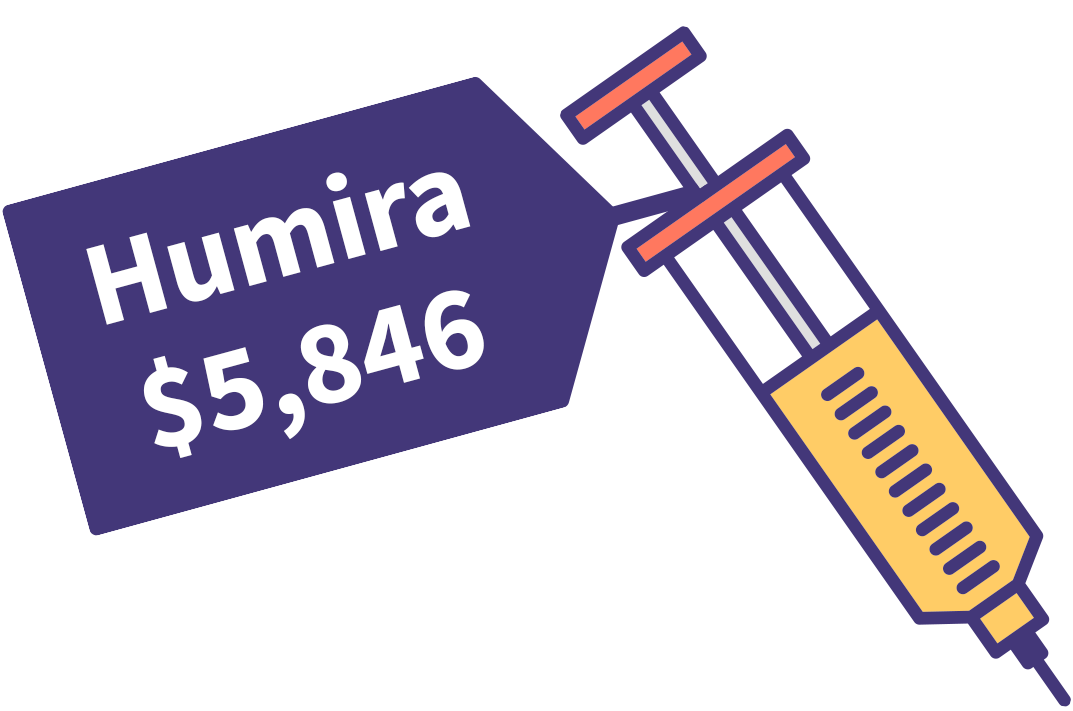
Company: AbbVie
Monthly cost: $5,846.44
Typical regimen: 40 mg every other week by injection
2017 advertising: $429 million
Treats: Rheumatoid arthritis, chronic plaque psoriasis, Crohn’s disease

Company: Pfizer
Monthly cost: $1,070.15
Typical regimen: 300 mg per day in pill form
2017 advertising: $350 million
Treats: Fibromyalgia, diabetic nerve pain, spinal cord injury nerve pain and pain after shingles
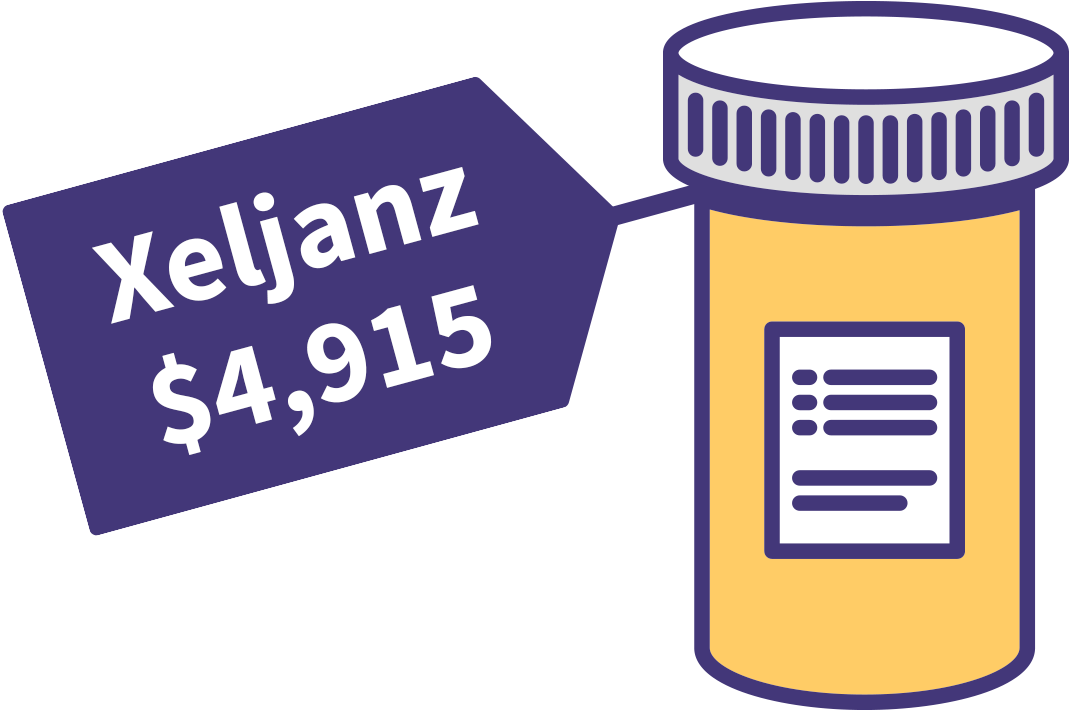
Company: Pfizer
Monthly cost: $4,914.77
Typical regimen: 5 mg twice daily in pill form
2017 advertising: $273 million
Treats: Rheumatoid arthritis, psoriatic arthritis

Company: Bristol-Myers Squibb
Monthly cost: $502.84
Typical regimen: 5 mg twice daily in pill form
2017 advertising: $227 million
Treats: Prevention of stroke and blood clots
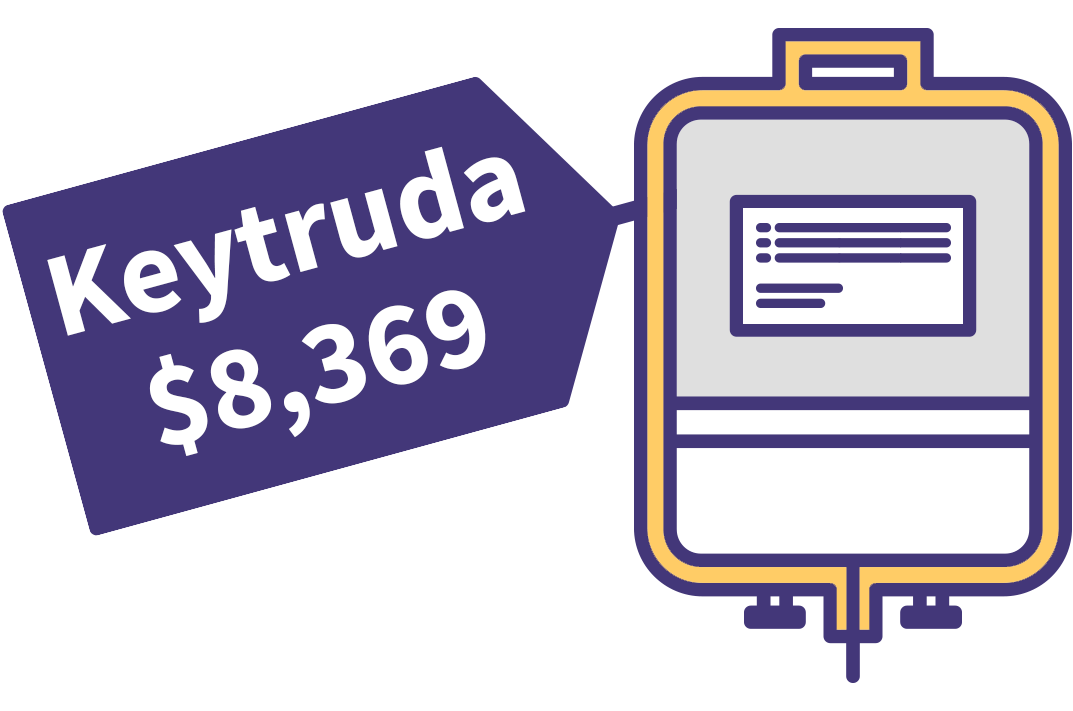
Company: Merck
Monthly cost: $8,369.36
Typical regimen: 200 mg every three weeks by infusion
2017 advertising: $209 million
Treats: Melanoma, non-small cell lung cancer and other cancers
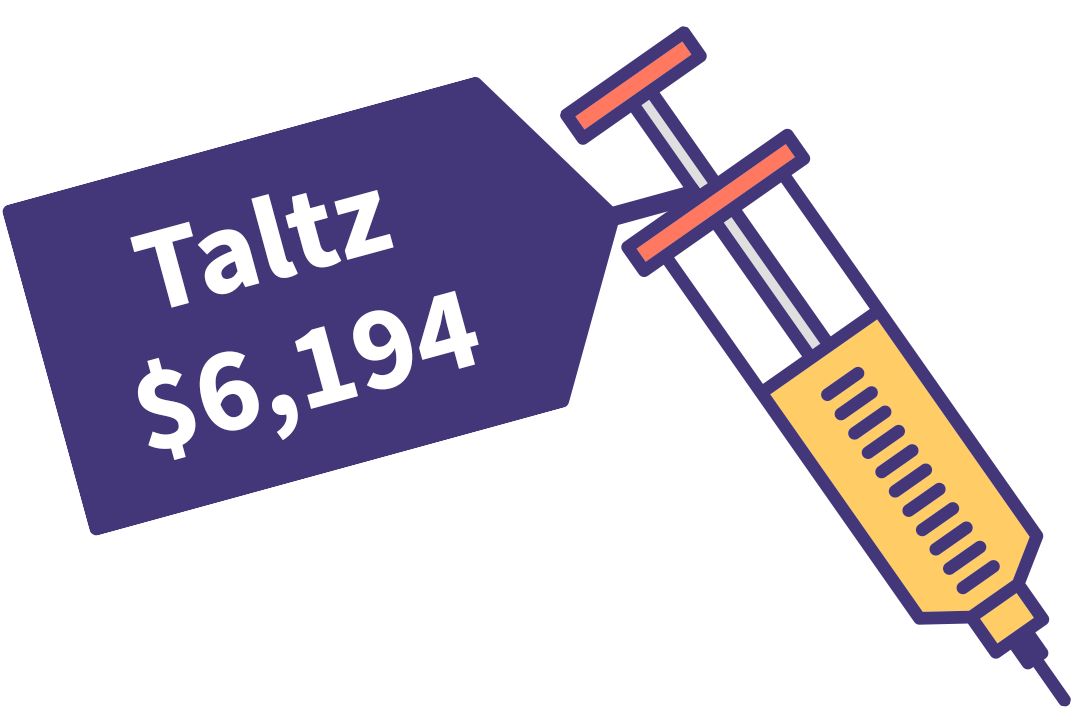
Company: Eli Lilly
Monthly cost: $6,193.92
Typical regimen: 80 mg every four weeks by injection
2017 advertising: $207 million
Treats: Plaque psoriasis, active psoriatic arthritis
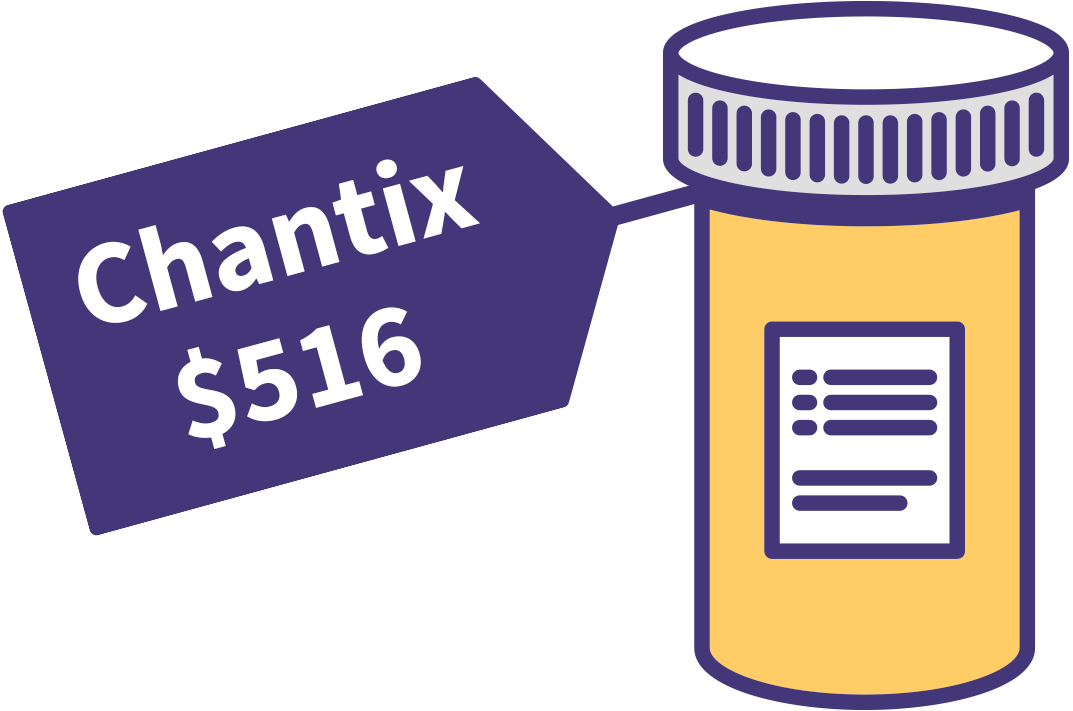
Company: Pfizer
Monthly cost: $515.89
Typical regimen: 1 mg twice daily in pill form
2017 advertising: $207 million
Treats: Aid in smoking cessation
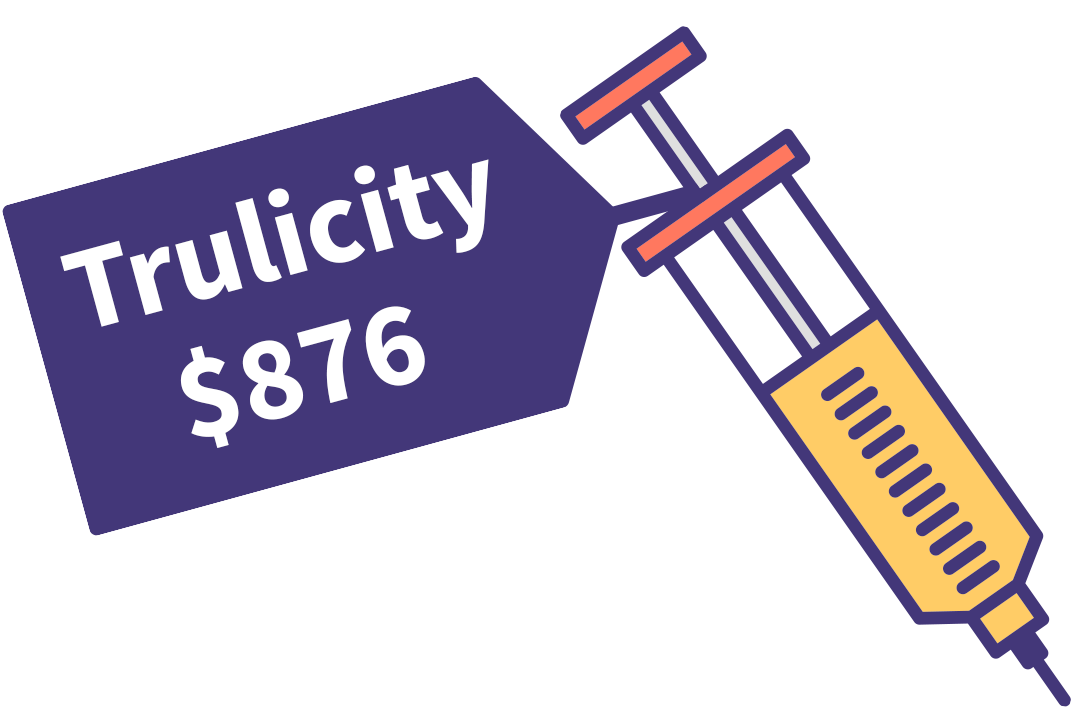
Company: Eli Lilly
Monthly cost: $876.24
Typical regimen: 0.75 mg once weekly by injection
2017 advertising: $195 million
Treats: Type 2 diabetes
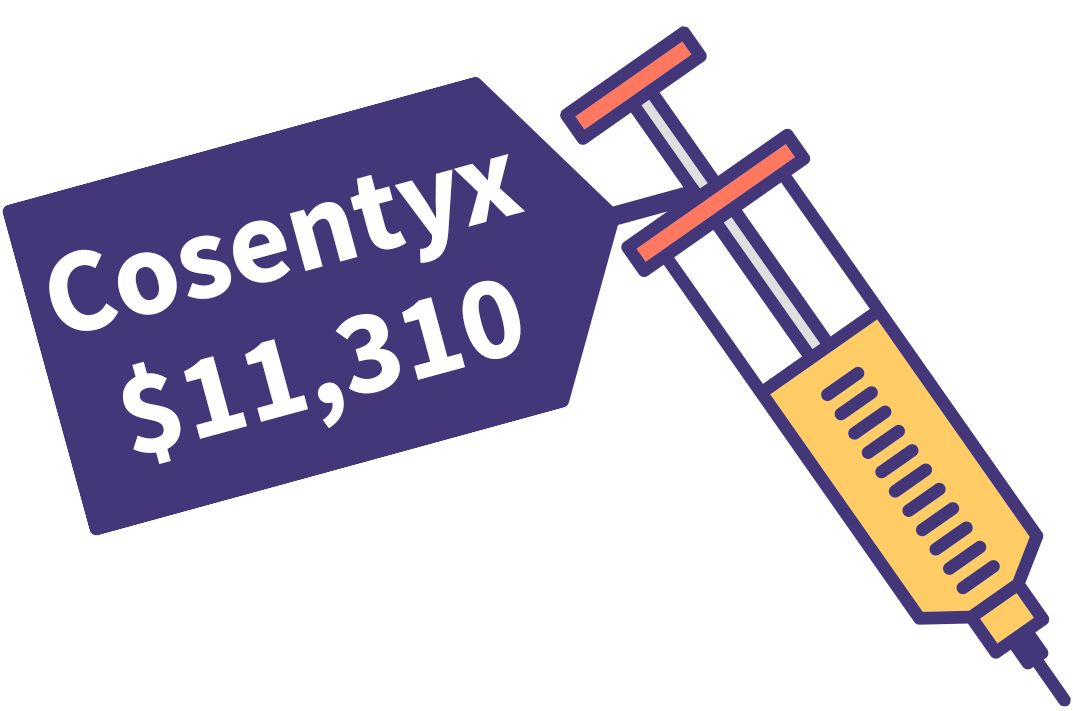
Company: Novartis
Monthly cost: $11,309.72
Typical regimen: 300 mg every four weeks by injection
2017 advertising: $174 million
Treats: Plaque psoriasis, psoriatic arthritis, ankylosing spondylitis
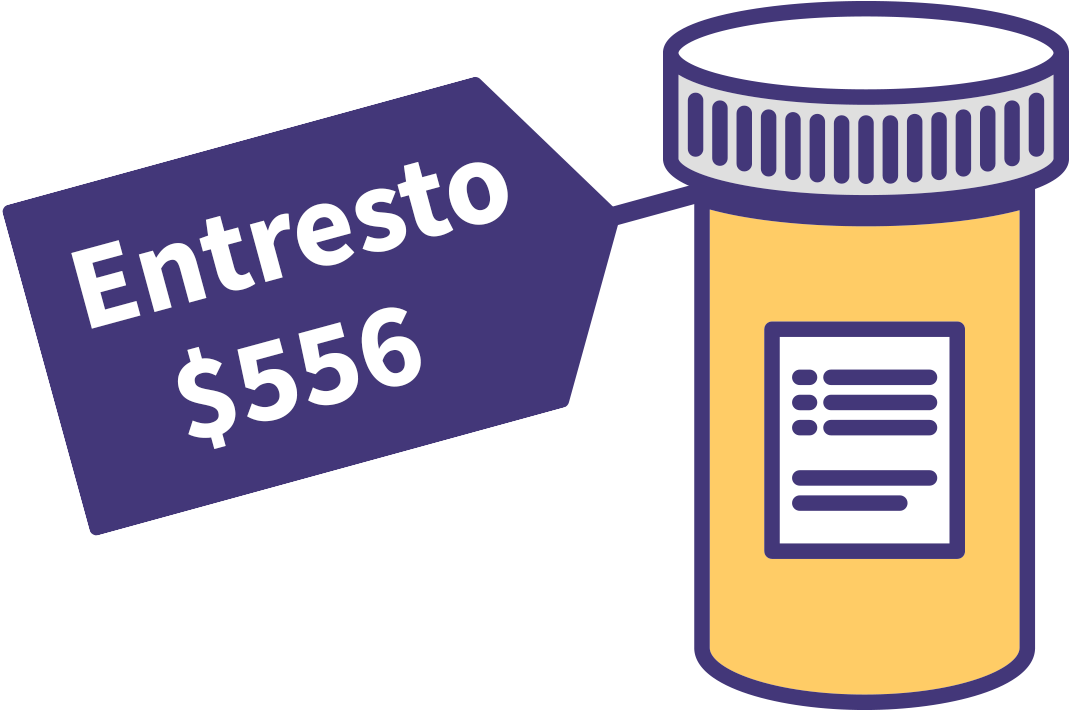
Company: Novartis
Monthly cost: $555.91
Typical regimen: 97 mg/103 mg twice daily in pill form
2017 advertising: $159 million
Treats: Chronic heart failure
Graphic presentation by producer Lydia Zuraw.
This story was produced by Kaiser Health News, an editorially independent program of the Kaiser Family Foundation.


